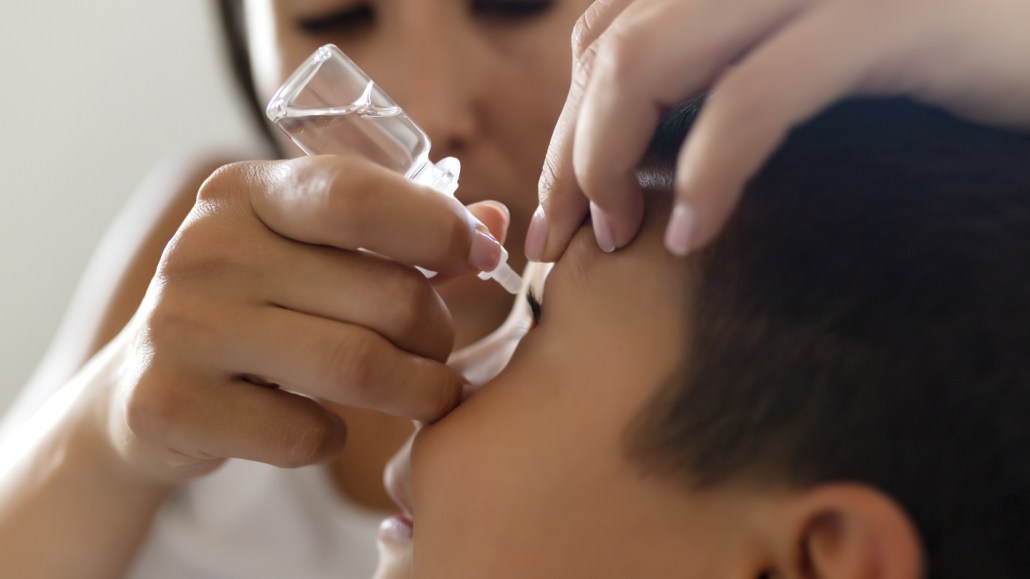Medicated eye drops may delay nearsightedness in children
The earlier myopia starts, the worse eye health can become later in life

Medicated eye drops taken nightly for two years delays nearsightedness in children, a new study suggests.
PixelsEffect/iStock/Getty Images Plus